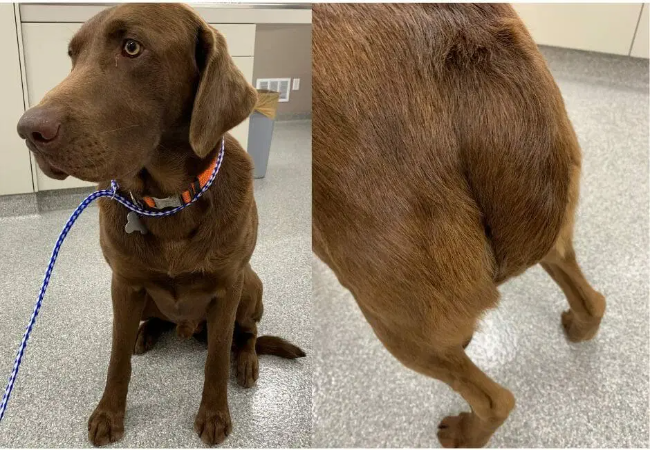Vet Guide to “Dead Tail” (Limber Tail Syndrome) in Dogs 2025 🐶🩺

In this article
Vet Guide to “Dead Tail” (Limber Tail Syndrome) in Dogs 2025 🐶🩺
By Dr. Duncan Houston BVSc
Dead tail, also known as limber tail syndrome or acute caudal myopathy, is a benign but painful condition where a dog's tail goes limp—often following swimming, cold exposure, prolonged crate time, or heavy wagging.
📍 Why It Happens
- Overuse or sprain of the tail muscles (coccygeal muscles) from vigorous activity or intense wagging.
- Cold water, wet conditions, or crate confinement contribute to muscle strain.
- Sporting and working breeds—like Labs, Retrievers, Pointers, Setters, and Beagles—are more prone.
⚠️ Signs to Watch For
- Limp tail or tail held straight, then dropping, typically painless to touch further down.
- Tail base pain, reluctance to wag, sit, or defecate; whining, stiffness, raised fur.
- Signs usually appear within hours to a day of activity.
🔬 Diagnostics
- Physical exam—palpation of the tail base to detect pain or swelling.
- X‑rays or blood tests may be used to exclude fractures, infection, disc disease, anal gland issues, or tumors.
💊 Treatment & Care
- Rest & comfort: Avoid intense activity and avoid crate confinement; warm, dry bedding helps.
- NSAIDs: Prescribed anti-inflammatories like meloxicam or carprofen relieve pain and shorten recovery.
- Warm compresses: Applied to the tail base to ease soreness and improve circulation.
📈 Prognosis & Recovery
- Generally resolves in 3–7 days, sometimes up to 10 days; most dogs fully recover.
- Recovery is usually complete; permanent damage is rare (~16% risk).
- Occasional recurrence is possible, but recurrence doesn’t preclude return to normal activity.
🛡️ Prevention Tips
- Build up exercise gradually; condition the tail muscles before intense activity.
- Avoid swimming in cold water until the dog is well-conditioned.
- Minimize prolonged crate time during active periods.
- Provide warm shelter and bedding in cold or damp weather.
✅ Vet Tips by Dr Duncan Houston BVSc
- 🎯 Recognize limp tail and tail-base pain as classic signs—history of activity helps diagnosis.
- 🩺 Rule out serious conditions via physical exam and imaging if pain persists.
- 🛌 Recommend rest, warmth, and NSAIDs promptly.
- 📆 Advise gradual return to activity and muscle conditioning.
- 📋 Educate owners: it’s self‑resolving but uncomfortable—monitor and follow vet directions.
If your dog’s tail is floppy, painful at the base, and limp—especially after swimming, cold weather or intense play—use the AskAVet.com app for fast advice.🐾❤️






